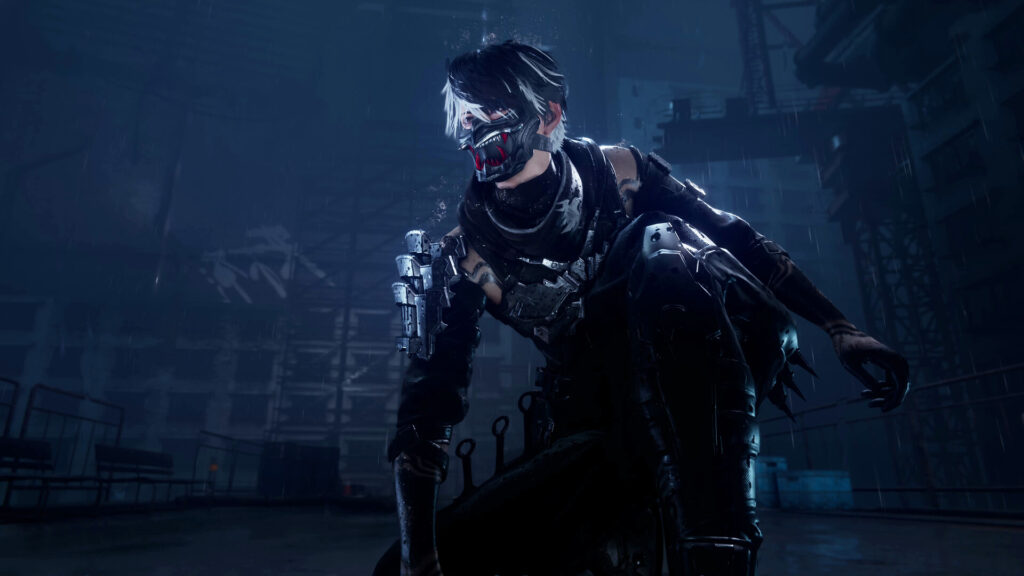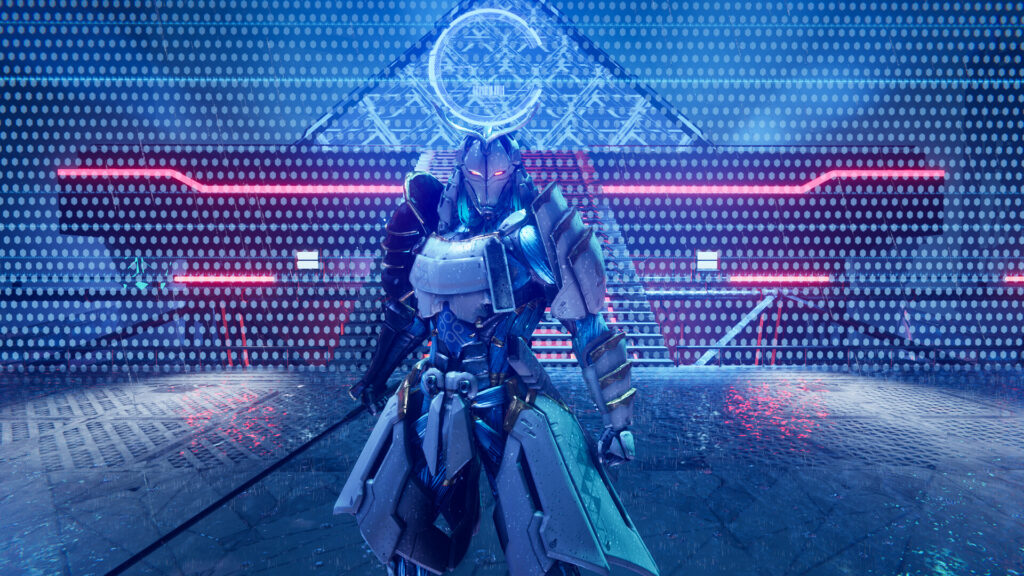Is 2025 the year of the ninja? As several long-dormant series emerge from the shadows, it certainly looks that way. Yet, one return draws the sharpest anticipation: Ninja Gaiden. Or, more specifically, 3D Ninja Gaiden. After years in hiding, the iconic series steps back into the fray with Ninja Gaiden 4. By answering questions of its legacy, the fourquel aims to sharpen the edges blunted by Ninja Gaiden 3.
Here are the 15 biggest ways Ninja Gaiden 4 carves its vision anew – sharper, swifter, and deadlier than ever.
Shift in Combat Philosophy
By attempting to make the series more approachable, Ninja Gaiden 3 shipped with simplified combat mechanics and combos criticised for “button mashing”. The result: longtime fans felt the series’ signature depth strip away. Ninja Gaiden 4 represents a shift in philosophy, with brutal precision and creative flair ensuring combat feels both punishing and stylish. It’s a return to survival against all odds, but this time with countless tools for self-expression and playstyle mapping in every player’s locker.
Fluid Weapon Switching
Weapon selection was one of Ninja Gaiden 3’s weakest points. The system forced players into a mid-action sub-menu where they could swap to a secondary weapon; the process was clunky and disruptive. Ninja Gaiden 4 flips the switch; fluid, on-the-fly weapon switching is restored, with players able to chain combos seamlessly between blades, claws, and scythes without breaking stride. No longer does weapon switching pause the action – it’s now a part of its flow.
Bloodbind Ninjutsu and the Blood Raven State
Ultimate Techniques in Ninja Gaiden 3 were stylish but limited in scope. To combat this, Ninja Gaiden 4 introduces two entirely new systems: Bloodbind Ninjutsu, allowing new protagonist Yakumo to charge his weapons through combat momentum into new forms, and the Blood Raven State, a powered-up mutation dealing devastating finishers. These systems embed tactical, high-risk, high-reward depth into Yakumo’s moveset, with powerful attacks offset by players managing a chargeable meter.
Evolved Gleam Form
In Ninja Gaiden 3, Ryu’s “True Dragon Gleam” was a one-shot, auto-targeting manoeuvre that automatically swiped through enemies. It provided the game’s most powerful moments, yet felt shallow overall. Ninja Gaiden 4 evolves Ryu’s Gleam Form into something more dynamic by breaking the idea down into a collection of Active Skills. After charging a gauge, Ryu can unleash attacks with speed and precision, fuel magic abilities, execute perfect counters, and enter a separate ‘Ultimate Gleam State’.
The Fatal Flash Parry
Where Ninja Gaiden 3 offered Steel on Bone, Ninja Gaiden 4 introduces Fatal Flash. Both are counterattacking manoeuvres, but whereas Steel on Bone cleaved opponents in two after evading red-glowing attacks, Fatal Flash demands precise parry timing – rewarding success with stunned foes and invisibility frames to chain devastating counters. Mistime it, and damage lands instead, reminding players that Ninja Gaiden 4’s combat is as much about measured risk as it is speed and skill.
Advanced Defensive Toolkit

Ninja Gaiden 4 builds on Ninja Gaiden 3’s defensive toolkit by expanding dodge ability. Just Dodge – the perfectly timed evasion – returns, while Just Guard blocks attacks at the precise moment, and Dodge Offset lets players continue combo strings whilst evading. Slow-Motion Dodge’s dramatic slo-mo gives skilled players cinematic breathing room. These new mechanics streamline the transition from defence to attack, with guards, dodges, and counterattacks made even more expressive as Yakumo and Ryu’s new offensive moves are woven in.
Expanded Traversal Mechanics
Ninja Gaiden 4 replicates manoeuvres found in Ninja Gaiden 3 – wall-running, wall jumps, dodging – but extends their verticality with new tools. Grappling hooks, pole vaults, and a wingsuit inject speed and dynamism to traversal, while grinding fluidifies movement like a true ninja. Ninja Gaiden 4’s expanded traversal integrates seamlessly into combat, vaulting from platforms or swinging into enemies mid-grapple without missing a beat.
Enemy Variety Worthy of a Ninja’s Blade
Ninja Gaiden 3: Razor’s Edge fixes vanilla 3’s shallow enemy pool, and the enhanced version provides the platform Ninja Gaiden 4’s enemy variety builds on. Yakumo and Ryu’s adventure features three enemy factions: paramilitary organisation Divine Dragon Order provides a return to human-on-human combat, while Zombie and Oni Fiends, and folklore-inspired Daemons, insert nightmarish horror. Multi-tiered enemies embed each faction, each with contrasting designs which demand specific approaches to kill.
Reinvigorated Boss Battles
Repetitive, overly long, and reliant on quick-time events – Ninja Gaiden 3’s boss battles are consistently derided. Ninja Gaiden 4 restores cinematic aplomb, providing evolving, multi-stage battles to be mastered. It’s worth pointing out that, based on feedback, the game’s producers believe NG players prefer hacking and slashing through enemy hordes rather than scaling bosses. That said, they confirm boss battles have received as much attention as the rest of the fourquel – they’ll provide ample proving ground for the game’s expanded combat toolkit.
Co-development with PlatinumGames
Ninja Gaiden 4 marks the first collaboration between Team Ninja and PlatinumGames, with a partnership that blends the former’s mastery of punishing, technical swordplay with the latter’s stylish, visually arresting edge. The results are a perfect blend: kinetic, combo-driven action across a series of eye-catching backdrops, all while retaining the series’ brutal legacy.
Grandiose, Functional, “Oppressive” Level Design

Ninja Gaiden 4 embraces vertical level design with semi-open arenas where tactical navigation matters. Rather than the corridor-like design of Ninja Gaiden 3, 4’s levels provide multiple planes to fight on, destructible elements to exploit, and optional routes to flank or escape. Further, stylistically, Ninja Gaiden 4’s levels are designed to reinforce a feeling of oppressiveness, represented by towering structures and plethora of seemingly bottomless pits.
Embracing Visual Fidelity
Built from the ground up for modern hardware, Ninja Gaiden 4 pushes the series to its most visceral limit yet. Textures and lighting are sharp, weapons gleam, and particles pop, while animation fidelity gives tactile weight to every landing blow. Crucially, these visual upgrades aren’t just cosmetic but they give players a better read on combat, where milliseconds split the difference between scything an enemy’s limbs off or meeting your own bloody demise.
Gore
Gore to Ninja Gaiden is like sheaths to a sword; the latter loses its edge without the other. Ninja Gaiden 3 dialled back the series’ signature brutality, and fans begrudgingly noticed. Ninja Gaiden 4 restores gore, not just for shock value, but as mechanical and atmospheric building blocks. In other words, slicing foe to ribbons sells feelings of lethality. 4’s reintroduction of stomach-churning dismemberment and shining blood splatter isn’t just aesthetic, but it’s crucial to enforce the series’ ninja power-fantasy
Cinematic Direction

Ninja Gaiden 3 often stalled its action with long cutscenes, slow set pieces, and non-impactful exposition. In contrast, Ninja Gaiden 4 is set to keep the pressure on with tighter cinematic direction deployed to reinforce momentum. Furthermore, 4’s gritty environments are used as a tool for the game’s cinematography. No longer are backdrops set dressing, it’s architecture designed to work against players. A world that’s an opponent as much as the enemies lurking within.
Respect to Ninja Gaiden’s Legacy
Ninja Gaiden 3 was, in large part, an attempt to reinvent the series, but many players left feeling alienated. Ninja Gaiden 4 is a course correction. Despite wholesale reinvention itself, notably in combat design, visual spectacle, and dual protagonists, Ninja Gaiden 4 realises something 3 never did: the importance of staying true to legacy.



